I’m a believer in stepping away from the flat world of screens and easels as frequently as possible, suiting up against the elements, and entering the third dimension that exists (or so it is rumored) beyond the front door. You should probably give this a try, too, if you haven’t already.
“You” are in large part a product of your surroundings and everyday experiences — and if “all work and no play makes Jack a dull boy” isn’t a compelling enough reason to get outside, it’s good to remember that “you” are also the one square of your Artistic Greatness Bingo Card that can never be filled in by knowledge (however comprehensive) or practice (however diligent).
I’d also argue that “you” are also the most important of all the bingo squares — we’ve all seen art that charms or intrigues us despite some technical wonkiness (infinitely preferable to its evil twin, the technically excellent painting that bores the tar out of us).
These pieces usually succeed despite their imperfections because they’re showing us a glimpse of the world through someone else’s eyes — a rare treat, since we’re accustomed to seeing the world through our own eyes, and tend to take this viewpoint for granted (which is the reason that you will probably never be as impressed with your own artistic style as you are with other people’s.)
Luckily, it goes both ways — even if your own eyeholes feel unremarkable from the inside, they’re an exciting novelty to everyone else. Flickr, Pinterest, and Google Images can all show someone what a tree looks like – but you’re the only person who can show someone what a tree looks like TO YOU. That vision is always at risk of dilution, though (as in the case of the student artist whose work slowly drifts closer towards the style of their teacher) or, even worse, atrophy — when we stop looking around ourselves entirely.
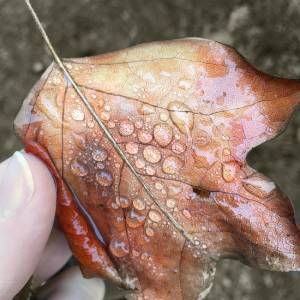
Also real.
Outside all of the other busywork of being an artist, if you want to preserve (or, better yet, hone!) your own way of seeing, you need to get out into the world, and decide for yourself what a tree looks like. There’s no better habit for this than the forgotten art of “wandering around aimlessly.” I go for walks in more or less the same neighborhoods almost every day; even after years in the same city or months on the same streets, I’m almost always seeing something new – unusual silhouettes, captivating details, unexpected color schemes, surprisingly alien and exotic plants or a familiar piece of the scenery interacting with a passing effect of light or climate in a new way. What catches my attention varies from walk to walk based on the season, time of day, and even on my own mood.
I frequently take snapshots of the things I see in my wanderings. I consider these photos a different animal entirely from “reference photos” — because while I’ll often sift through these images if I’m stuck on a painting, my true intention in the moment is much more akin to journaling – doing my best to burn whatever amazing thing I’m looking at into my brain. And when, inevitably, these moments of beauty have been pushed out of my head by grocery lists, personal vendettas, etc, there will be a photo to stumble across — “hey, I remember that interesting twig from 35th Street!” I’m refilling an aquifer; I’m making sure that the “Wylie” that finds its way into my art is composed of something OTHER than grocery lists and vendettas.
While some artists seem to find a great deal of inspiration when traveling, I seem to gain the most when I’m experiencing a place over and over again until it becomes familiar, experiencing the eccentricities and ferreting out all the hidden details. In vacation mode, the novelty of completely new surroundings tends to direct my eyes towards the most impressive sights – which are, by and large, also the least personal (my vacation photos from a tourist destination will probably look a lot like everyone else’s, but my iphone reel from home is unmistakably my own).
Nonetheless, even in unfamiliar environments, notice what you’re noticing. You may find parallels and common threads that link back to the details that capture your attention closer to home.
I admittedly live amongst incomparable beauty here in the Pacific Northwest – even in the city I’m surrounded by ocean, sky, forests, and amazing flora all year round. But even if you live somewhere less conventionally attractive, there’s almost always something to be seen if you look for it. Even in my incredibly bleak hometown in northern Maine, which was encased in snow forty months a year, I tried to get out as much as possible, and often found that beauty was hiding in unexpected places: in snowdrifts chiseled by the wind in the derelict cemetery, in muddy ice on the river, in the perfectly-preserved squirrel skeleton dangling by its jaws from the power lines outside my house.
Regardless of whether the sights I encounter are overtly beautiful (Seattle cherry blossoms, I’m looking at you!) or merely “interesting” (oh, the snowbanks full of frozen garbage these eyes have seen) they’re all adding to the strange assemblage of experiences that makes up my consciousness; calibrating the focus on those eyeholes I look out of every day so that, when my art lets me step aside and give someone else the chance to peer through them, they see something beautiful.
“May your Paths be safe, your Floors unbroken, and may the House fill your eyes with Beauty.”
-Susanna Clarke, Piranesi


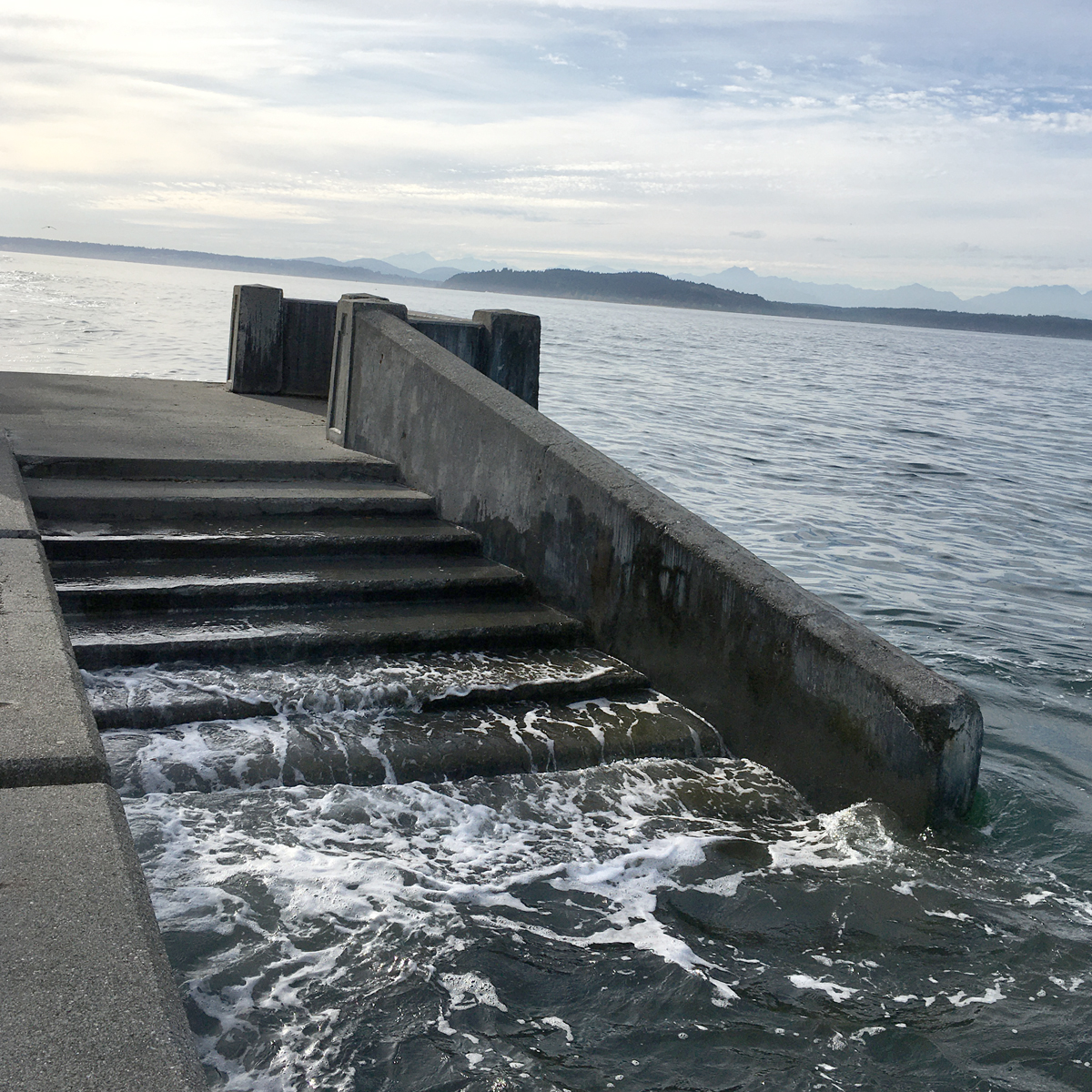
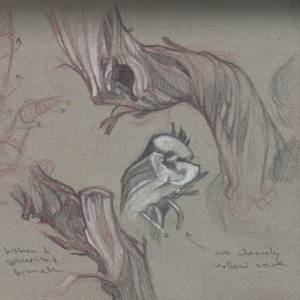

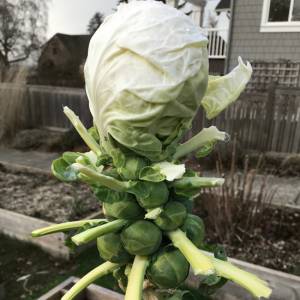
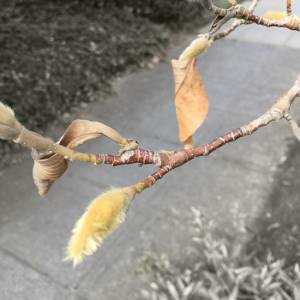
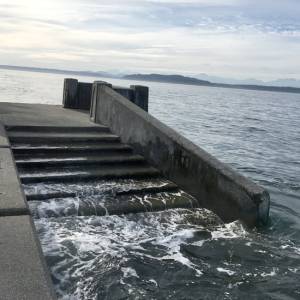
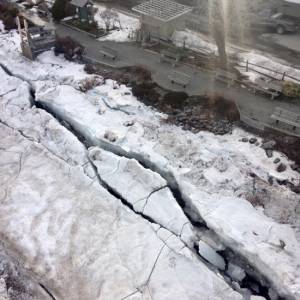
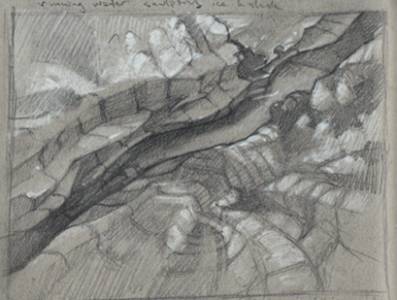
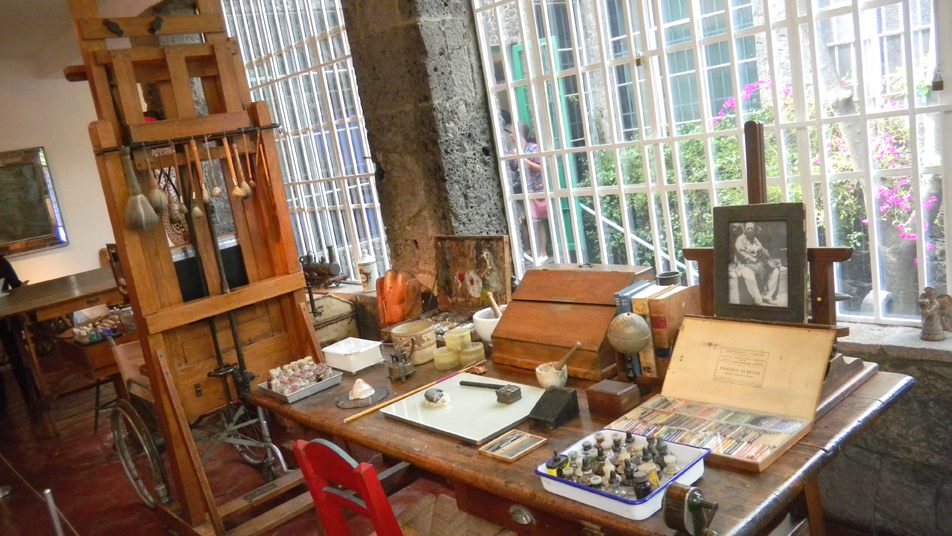
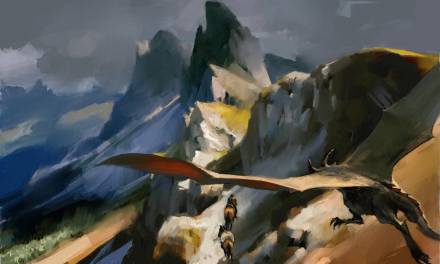
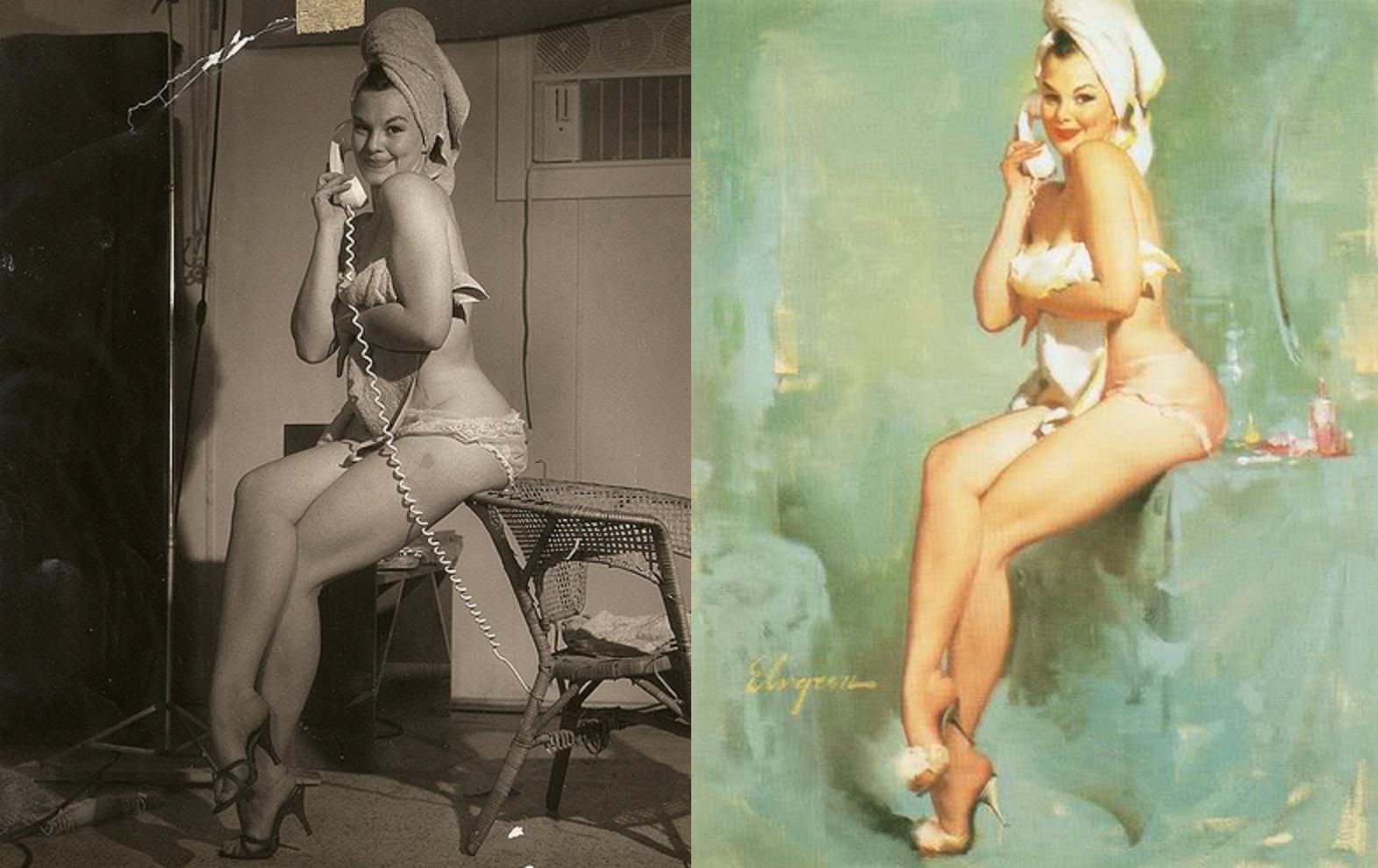
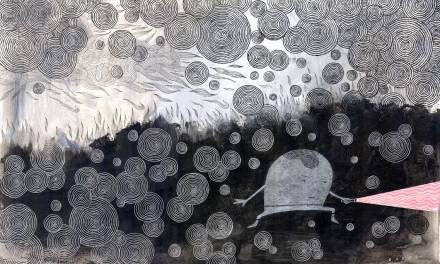

I really enjoyed this article quite a bit as it resonates with me and how I’ve been approaching my work over the last few years with lots of going out and drawing from life. Both me and my girlfriend enjoy getting out and drawing from life, not to create a masterpiece, but to absorb, learn, understand, and continue to fill our mental libraries with things. We are also lucky enough to live up here in the Pacific Northwest so trips into the Cascade Mountains are frequent for us.
I also connect a bit with what you said about visiting a place over and over. I found when getting into photography that while walking an area looking for shots all I could seem to find were the “easy” subjects for lack of a better word, and that once I revisited the area a few more times I was seeing so much more. I almost need that first time or two to get certain elements out of the way, out of my mind so that it could open up to those things a little harder to see. You’ll often see street photographers combing the same city over and over and over again for this reason I think.
Anyway, great read and well said.